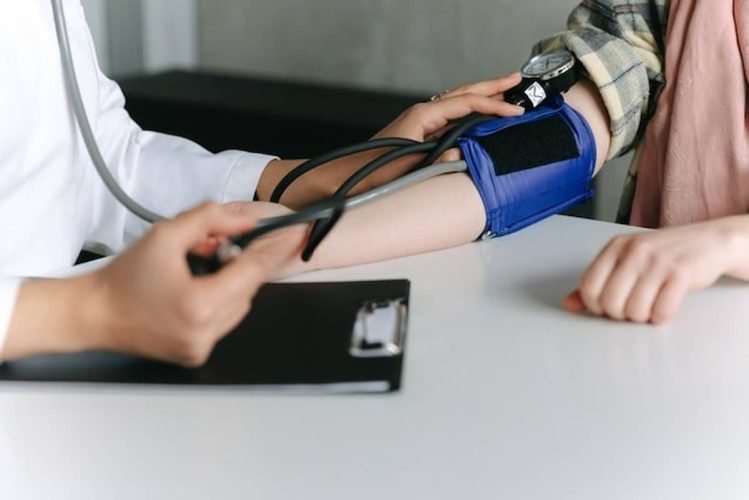High blood pressure, also known as hypertension, affects millions of people. It may not show symptoms, so it should be checked regularly. In the long run, hypertension can have serious consequences and cause health problems.
The diagnosis of hypertension occurs when the measurement of systolic pressure exceeds 120 mmHg and the measurement of diastolic pressure exceeds 80 mmHg, according to the American Heart Association. It is classified as mild, moderate, or severe. It is a condition that mainly affects adults, but in some cases, it is possible to diagnose hypertension even in young children. According to statistics, one in three adults worldwide suffers from high blood pressure.
When the blood pressure exceeds this limit of 120/80 mmHg, the risk of heart attack, stroke, kidney disease, eye disease, and mental retardation is extremely high.
What are the risks of hypertension?
Hypertension hits target organs: the head, heart, and blood vessels. It is the most potent modifiable risk factor for stroke and one of the most potent for heart attack. It also increases the risk of heart failure, kidney damage, blockage of arteries in the legs, and sudden death.
How does hypertension occur?
In 90 to 95% of cases, hypertension is characterized as idiopathic, i.e., due to:
- hereditary factors
- increased body weight
- sedentary life
- excessive salt intake
- increased stress
- arteriosclerosis
In other cases, hypertension is characterized as secondary, i.e., due to another condition. Some diseases that are blamed for secondary hypertension are:
- arteriosclerosis
- kidney diseases
- narrowing of the renal arteries
- Obstructive Sleep Apnea
- thyroid gland dysfunctions
What are the symptoms of hypertension?
Hypertension has also been described as an “insidious disease” because it usually does not cause any symptoms at all. The hypertensive patient may report some symptoms, such as:
- nosebleed
- motion sickness
- headache
Other symptoms that may be associated with high blood pressure are:
- fatigue
- dizziness
How to reduce your blood pressure
In order to deal with high blood pressure, changes in daily habits are primarily suggested, which often have to be combined with appropriate medication. In fact, lifestyle changes can reduce blood pressure as much as medication, if not more.
But what are these changes that will help you lower your blood pressure and reduce your cardiovascular risk?
Lose the extra pounds
Especially for overweight and obese people, weight loss proves to be a lifesaver. Even a small loss of 5 kg can really make a difference in blood pressure levels. The distribution of fat and the circumference of the abdomen are also very important.
Use salt in moderation
Try to put less salt in your food when cooking at home, and read carefully the labels of the foods you buy to make sure they do not contain large amounts of salt. Herbs and spices in cooking will help give flavor to your dishes without having to add a lot of salt.
Foods contain sufficient amounts of salt for the body’s needs. Let’s not forget that ready-made or prepared foods are usually rich in salt. The same is true of other packaged industrial food products. That’s why it’s good to learn to read the labels of the products we buy carefully. This way, we will know their salt content and make the best choices for our blood pressure.
Exercise
Even half an hour of gentle exercise five or more days a week will help you control your blood pressure. Choose an activity you enjoy so you do not give up after a while. Exercise also reduces stress.
Do weights
In addition to aerobic exercise, it would be good to do some weight-training exercises. They will not only help you improve your physical condition but also lose weight.
Reduce alcohol
Excessive alcohol consumption further aggravates hypertension. Limit alcohol consumption to one drink a day, preferably with food.
Deal with stress
Stress is inevitable in life. When we manage it properly and it is controlled, it helps us. When it is chronic and uncontrollable, it wears us out and, among other things, raises our blood pressure. Stress hormones cause blood vessels to constrict and thus raise blood pressure. Some effective stress management strategies are meditation, yoga, nature trips, and dancing.
Blood pressure should not only be measured in the doctor’s office or hospital but also at home. Let’s not forget the “white t-shirt syndrome”. A significant number of people, just by going to the doctor, experience so much anxiety that their blood pressure increases. This is why measuring blood pressure at home or with your doctor under calm conditions offers important information.

